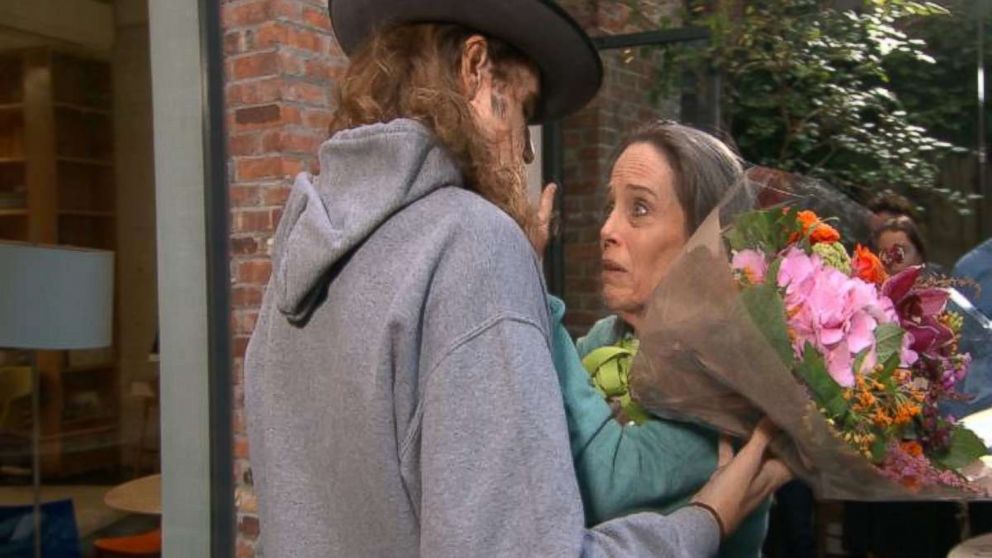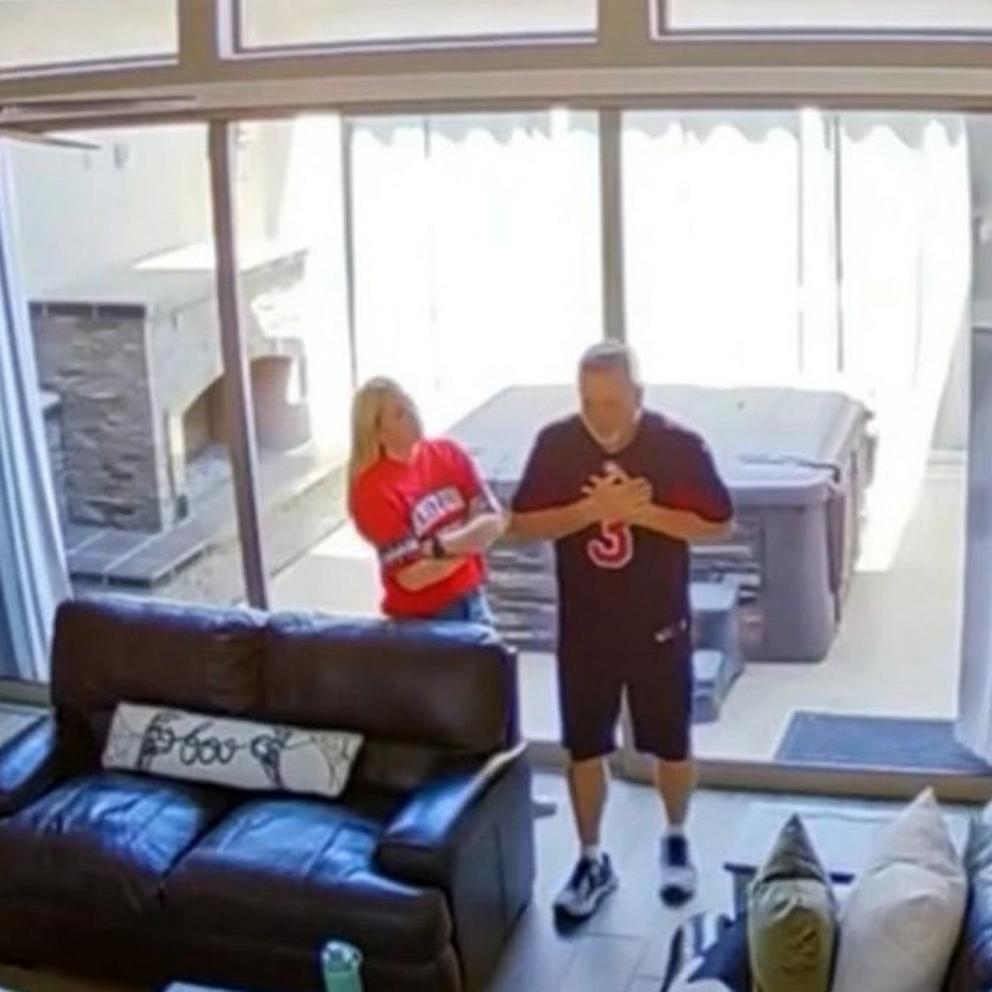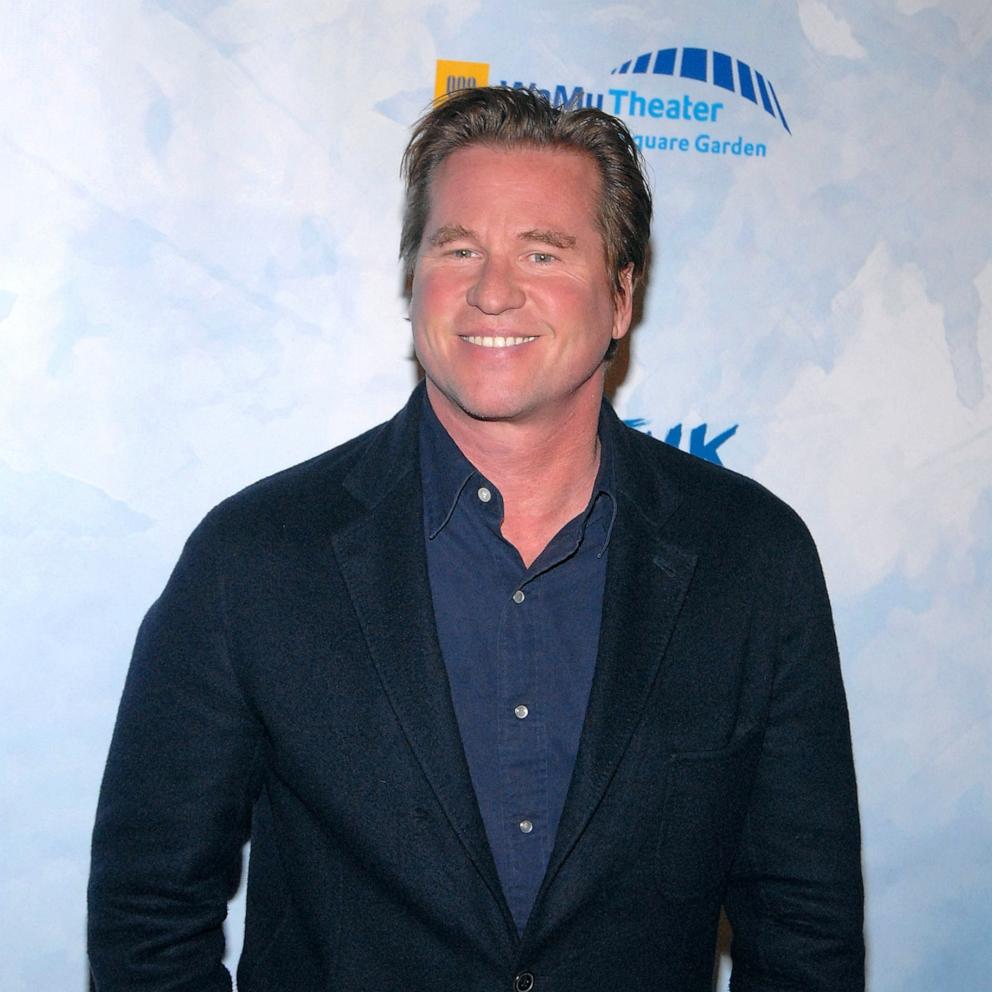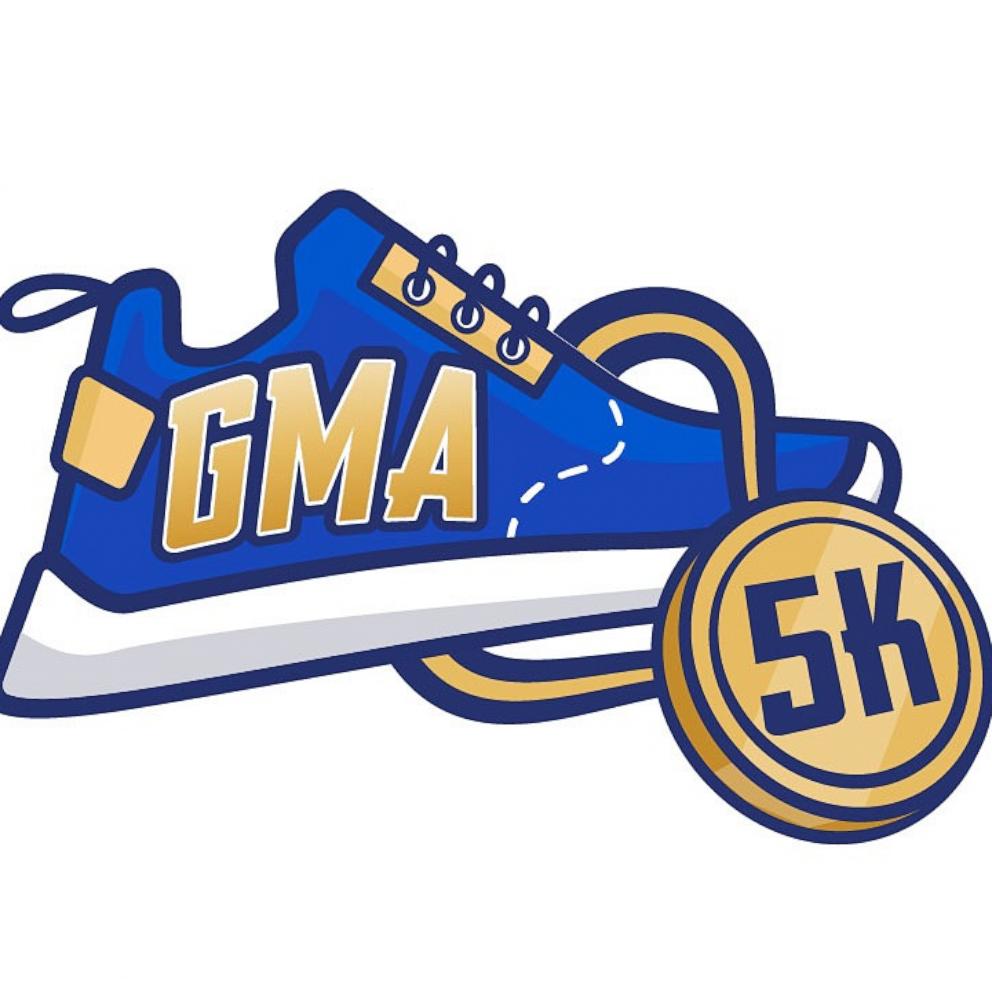26-year-old man shares incredible face transplant journey that gave him a second chance at life: 'I see me'
An encore presentation of this report will air on Friday, April 26, 2019, at 10 p.m. on ABC.
Cameron Underwood was 24 years old when the course of his life changed forever, resulting in his undergoing a state-of-the-art face transplant procedure. Through this extensive surgery, Underwood's face is now connected to the face of another young adult who was able to give him a second chance at life.
Underwood, the son of a California pastor, told ABC News’ Amy Robach in an interview for "20/20" that he still has the face he was born with from the cheekbones up, but almost everything below that belongs to the donor -- a 23-year-old aspiring New York filmmaker and writer named Will Fisher.
But when he looks at himself now, "I see me," he said.
Underwood grew up in a close-knit family, grounded in its faith. His grandfather founded the United Pentecostal Church in the Northern California agricultural community of Yuba City.
"Faith is the essence of everything in our family," Underwood's older sister Julie Jones said. "Without that foundation, I think this journey would've been a lot more difficult."
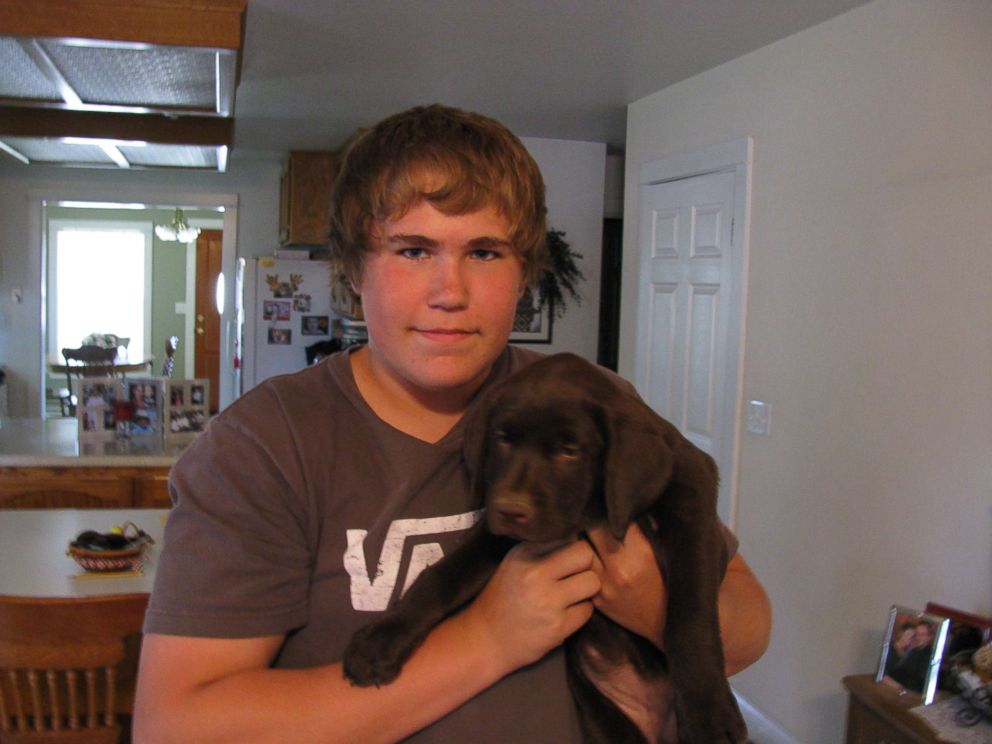
Underwood’s mother, Bev Bailey-Potter said her greatest joy is her children – Julie, Aaron, Brad and her youngest, Cam.
"They were just so close and I always took pride in that." Bailey-Potter said, and Cam "was just easy. He was always quiet, a little on the shy side... but just a wonderful spirit about him... easy going."
She said he was "just a handsome boy," and "His smile would light up his face and it was so evident in his eyes."
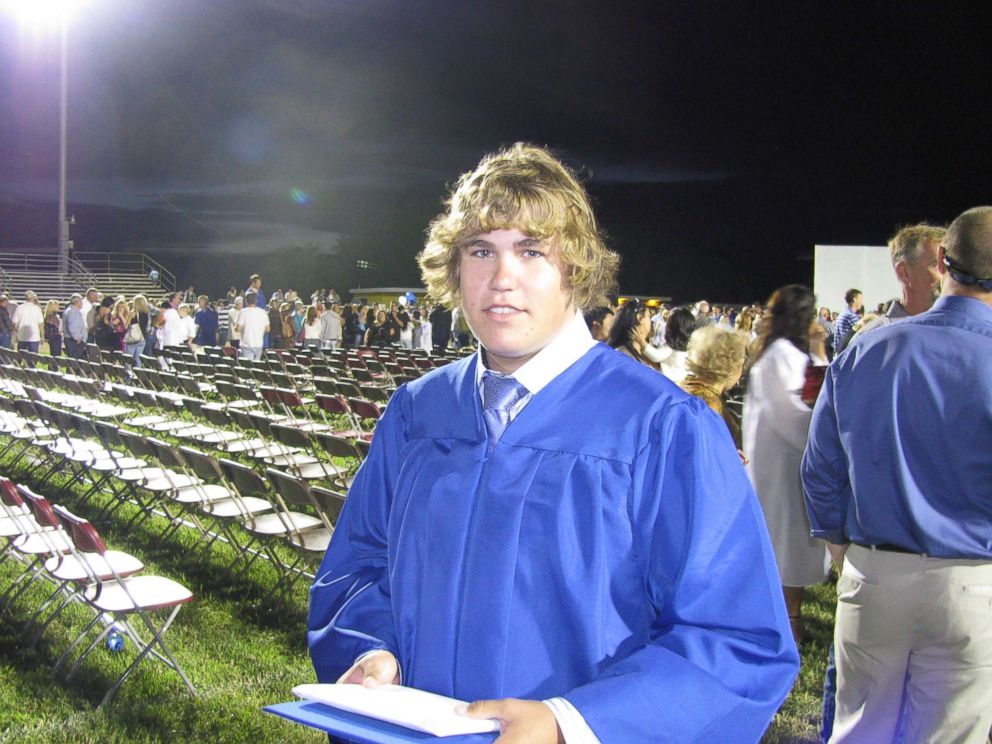
Underwood had just started his career working in his stepfather’s business of heavy equipment repair. With that money, he was able to buy his own house at the age of 19. Hunting was also a family pastime.
“We’re really an outdoors family,” his father Randy Underwood said. “He [Cam] grew up on the lake… He was just a natural athlete, he was good, he enjoyed it.”
Even with everything going for him, his mom said the bright light that always shone in his eyes began to fade.
"You know, I have a clear memory in my mind," Bailey-Potter said. "I saw him walk across the parking lot... and he just looked so sad and empty. I just thought... what is he going through? Is he unhappy?"
The family says Underwood became a workaholic and was pushing himself too hard. He began struggling with depression, they said, but kept this to himself, rarely expressing his emotions. After Underwood went through a breakup, his brother Aaron Underwood remembered, "He started going out more... and you know, partying a little more at that time."
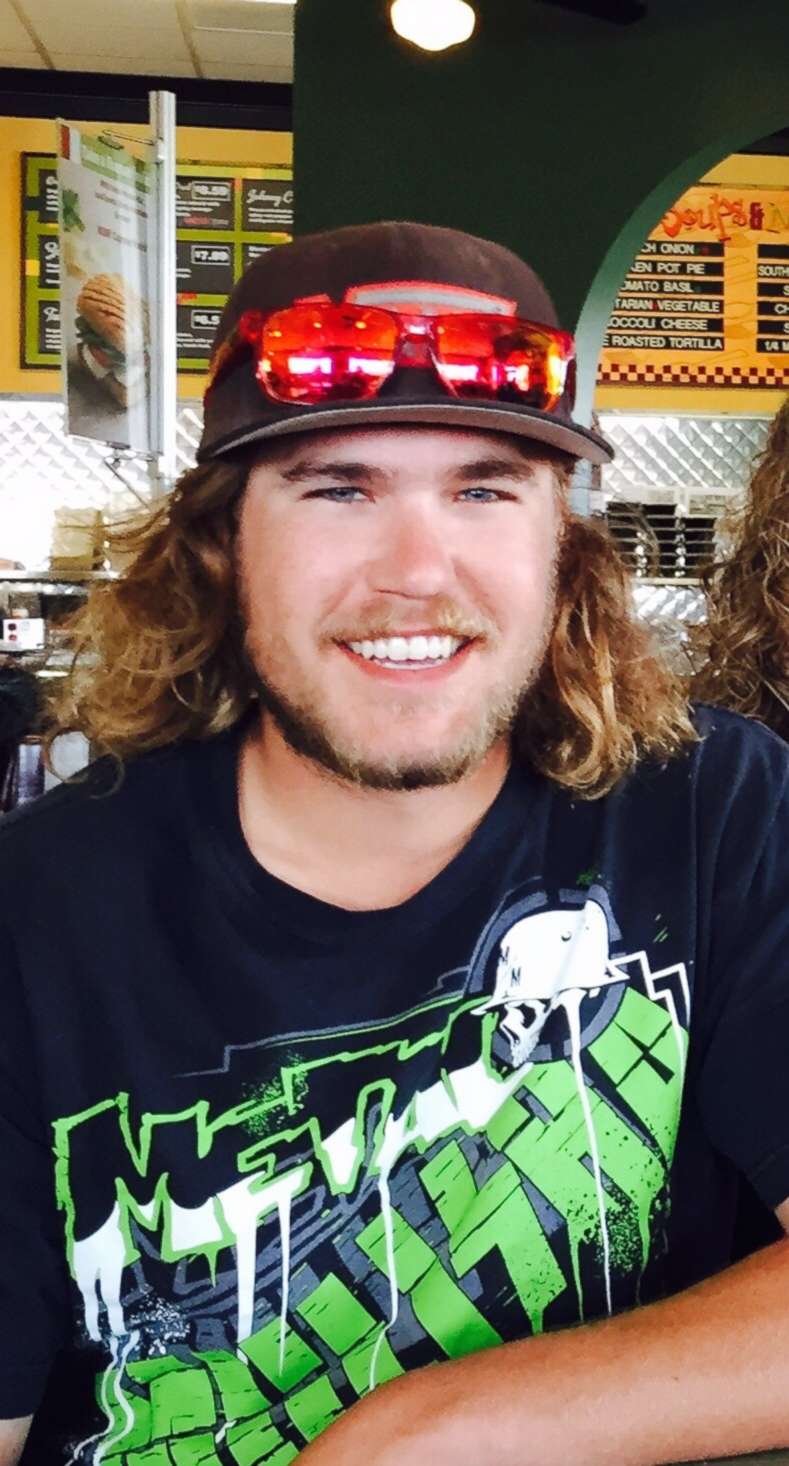
Over the next few years, Underwood’s family said he and his closest friend and brothers drifted apart – the friend started a family and his older brothers started new jobs and moved out-of-state. His struggle with alcohol was apparent, but less obvious to his family, they said, was Underwood’s underlying depression. It was a shock to them when Underwood not-so-subtly hinted one day that he was thinking of taking his own life.
"I thought well, you know, he’s just going through a rough time... we all do," his mother said.
His family decided to remove all of the guns in his home. But there was one they couldn’t get to: Underwood had put a shotgun in his safe.
On a Sunday night in June 2016, Underwood’s uncle Lonnie said he received a text from his nephew asking him to come over and stay the night.
"I got to his house and all the lights were on, which I expected," Lonnie said. "Door was unlocked, I walked in... nobody in the living room."
Lonnie walked into the bedroom and into a nightmare. He saw blood everywhere, and Underwood staggering against the wall.
"I think that is probably the point where I went into shock," Lonnie said.
Underwood had placed the shotgun under his chin and fired, in an attempt to take his own life. He was immediately rushed to a nearby hospital.
At the hospital, "They told us he had … no teeth, no chin, no cheekbones, no facial structure… nothing," Randy Underwood said.
"It really wasn’t a face... it was pretty horrific," Aaron Underwood added.
Underwood was transferred to University of California-Davis Medical Center, where renowned plastic surgeon Dr Lee L.Q. Pu implanted 12 titanium plates to keep what was left of his shattered skull intact.
Underwood survived the ordeal but underwent eight surgeries to restore the bare minimum function to his face. To cover his face, doctors used skin from his thigh and tissue from his shoulder. His nose was lost in the blast and he only had a tiny hole to breathe through. Even then, the results from his surgeries were difficult to endure.
"What kind of quality of life would he have?" Bailey-Potter wondered. "If he didn’t want to live with all that he had going for him, then why would he want to continue on now?"
"I cried every day for a year... every single day," she continued.
Randy Underwood said, "I would’ve changed places with him any day. I would’ve taken his pain any day, but I couldn’t."
It was six months before Underwood could leave the hospital – even then, he wore a mask wherever he went.
"I would see people stare at him and he would notice that," Randy Underwood said. "The worst part was the little kids... stare at him and hang onto mom and dad because he looked so pitiful."
But then Dr. Pu suggested that a face transplant might be possible and could give him a chance at a better life.
Coincidentally, Bailey-Potter found herself at the checkout counter of her local grocery, thumbing through a magazine that highlighted the story of firefighter Patrick Hardison.
Hardison was a fireman in Mississippi who was horribly burned trying to rescue a woman from her burning home. His face was so badly burned that his fellow firemen didn’t know it was him at first when they got to him.
Hardison survived -- but his scalp, ears, nose, eyelids and lips were gone.
Hardison underwent multiple surgeries to try to repair his face. He suffered years in isolation, hiding himself as much as possible from the outside world. Then he met Dr. Eduardo Rodriguez, a renown reconstructive surgeon who is the chair of NYU Langone Health's Hansjörg Wyss Department of Plastic Surgery in New York.
In 2015, Dr. Rodriguez agreed to perform what was at the time the most extensive face transplant ever done.
The operation took 26 hours and replaced Hardison’s entire face and scalp with skin, tissue and nerves of a donor. Since his surgery, Hardison, whose story was also profiled by ABC News' “Nightline,” has had a better quality of life.
So Underwood’s mother thought Dr. Rodriguez might be able to help her son as well.
"I decided I that I would go ahead and on my own, you know... send an email to Dr. Rodriguez," Bailey-Potter said.
"Cam’s mom sent me an email. Her story was very moving," Rodriguez said. "Looking at him with that injury, right away, I knew there was no way this kid, I could ever make him normal with conventional surgery."
Because Underwood’s brain wasn’t affected in the blast, Dr. Rodriguez’s thought he could be a potential candidate to be his third face transplant patient.
Each face transplant surgery is incredibly complicated and has its own particular, unique challenges in every case. The procedure costs over $1 million and though that’s usually paid for by a grant, Rodriguez said "everybody was worried" about the possibility that Underwood could try to end his life again after the transplant.
So, Rodriguez went up to Yuba City, California, to meet Underwood and his family in person and discuss the risks and concerns, including Underwood’s struggle with depression and his attempted suicide.
But according to Rodriguez, “I think these individuals all deserve a second chance … we shouldn’t give up on them.”
“I don’t think anybody knew it was a test per se,” Aaron Underwood said. “I think we did understand that… he had to be sure that their investment in Cameron was secure, that he was not the kind of patient that would take this amazing miraculous gift and throw it away.”
Rodriguez said this was something that they only offer to select individuals.
"And we have to be sure we have chosen the right person,” he continued. “I need to know that I have a fighter on my hands... and this person’s willing to do whatever it takes to have this operation be successful."
"We want to hear that we’re going to get this fixed and we’re moving on with our life, but it’s not that simple,” Rodriguez added “There could be serious complications from something like this. It’s very important that people understand the severity of undergoing this operation."
For starters, a face transplant means a lifetime of treatments with harsh side effects to prevent rejection – and doctors say they just don’t know enough yet to predict survival beyond 10 years.
Bailey-Potter said, "it did" give her pause, "but it was Cam’s decision to make."
"That was hard to swallow... but I would rather have 10 years of great life than 100 years of miserable life," Aaron Underwood said.
By the end of the visit, both doctor and patient were on board.
“Being accepted into this program is very much like winning the lottery,” Rodriguez said. “But instead of $500 million… Cameron wins a second chance at life.”
But "the most difficult part," Rodriguez said, was still ahead – the search for a perfect donor: "It’s like a needle in a haystack."
It was about seven months after Rodriguez accepted Underwood as a patient that a donor became available. It was a young man who had registered with New York state to be an organ donor, as well as signed up with the non-profit organ and tissue donation service, LiveOnNY.
But Dr. Rodriguez, who rushed from NYU Langone to another hospital in New York where the donor was, said the request for a face donation is a very special one – handled with the utmost sensitivity: "That’s asked at a separate time... a separate consent." After speaking with the donor’s mother, she consented to the request.
Miraculously, the donor had all the prerequisites to be a match for Underwood – skin tone, hair color, skull size plus a matching blood type. Rodriguez said the match felt "absolutely" fated to be.
A team of more than 100 medical staff worked in side-by-side operating rooms at NYU Langone to complete the transplant.
Doctors removed the lower portion of the donor’s face, preserving the muscles, tissues and blood vessels -- eventually taking his teeth, along with the bones that make up his cheeks, nose, chin and jaw.
The damaged portions of Underwood’s face were also surgically removed. This preparation alone took more than 12 hours – the actual facial reconstruction would take just as long.
"Often people think it’s just like putting on a mask... it’s not that simple," Rodriguez said. "The face needs to fit like a puzzle -- and that’s a tricky thing because we hit the point of no return."
Rodriguez started the actual transplantation by aligning the bones perfectly. Once they were connected, he moved on to the painstaking work of attaching muscles, nerves and blood vessels.
"We prayed for those doctors through the night," Bailey-Potter said. "They were pulling an all-nighter. None of them were leaving."
"I had prayed for that miracle every day for a year.... and my son had a nose, he had a mouth, he had teeth," Bailey-Potter said. "It was just a happy moment."
Underwood reflected on the first time he saw himself after the transplant: "Wow... that was breathtaking. And I was just blown away, relieved... and excited all at the same time."
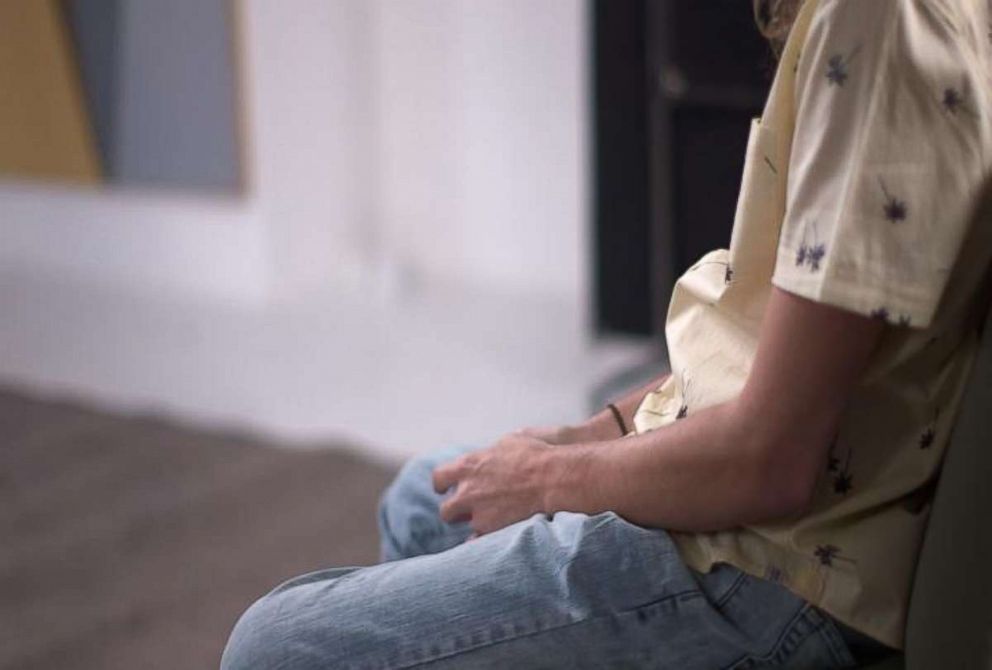
Ten months later, he can breathe through his new mouth and nose – and smile.
"I can smile, I’m working on closing my lips all the way, they don’t close all the way... but they’re getting there," Underwood said. "They’re a lot better than they were."
Part of the recovery has been extensive dental work – and he says one of the biggest things he missed was "being able to actually eat."
"Just to let it sit in your mouth and taste it," he said. "All those little things that we take for granted that you know, you miss and you want back."
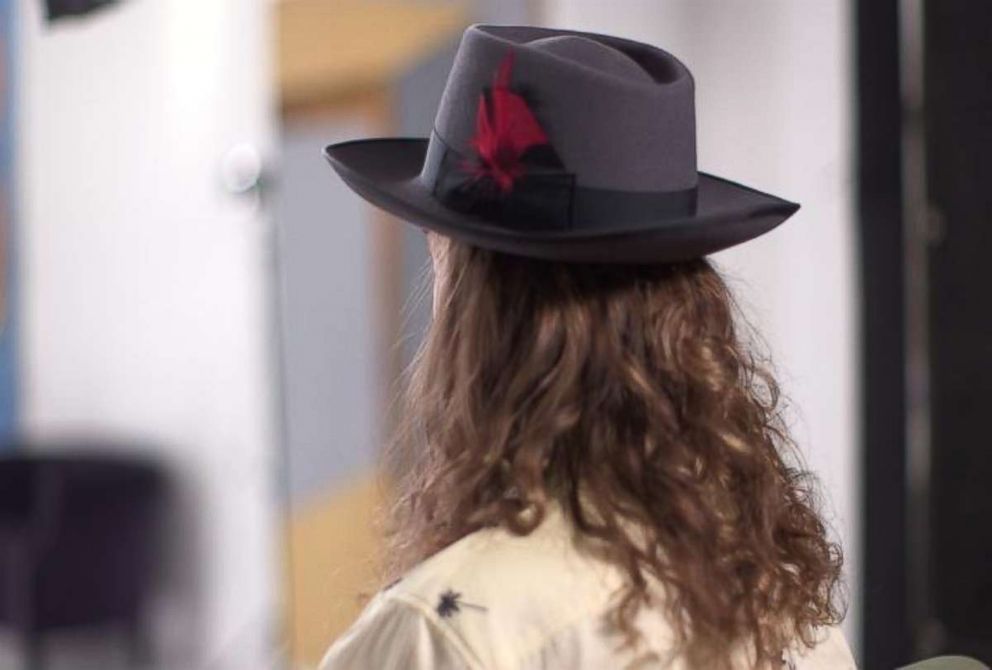
Underwood, now 26, said over the last year it’s been a lot of work to teach himself "how to talk again with a new mouth and new teeth and lips": "It’s just like a baby learning to talk."
"I have a strong son, and I’m grateful for that," Randy Underwood said. "He’s got a lot of tenacity, and he’s got a lot of determination... he’s going to come out of this."
Months after Underwood’s surgery, Dr. Rodriguez arranged for Underwood to meet his donor’s mother for the first time. “20/20” was there and captured the emotional meeting.
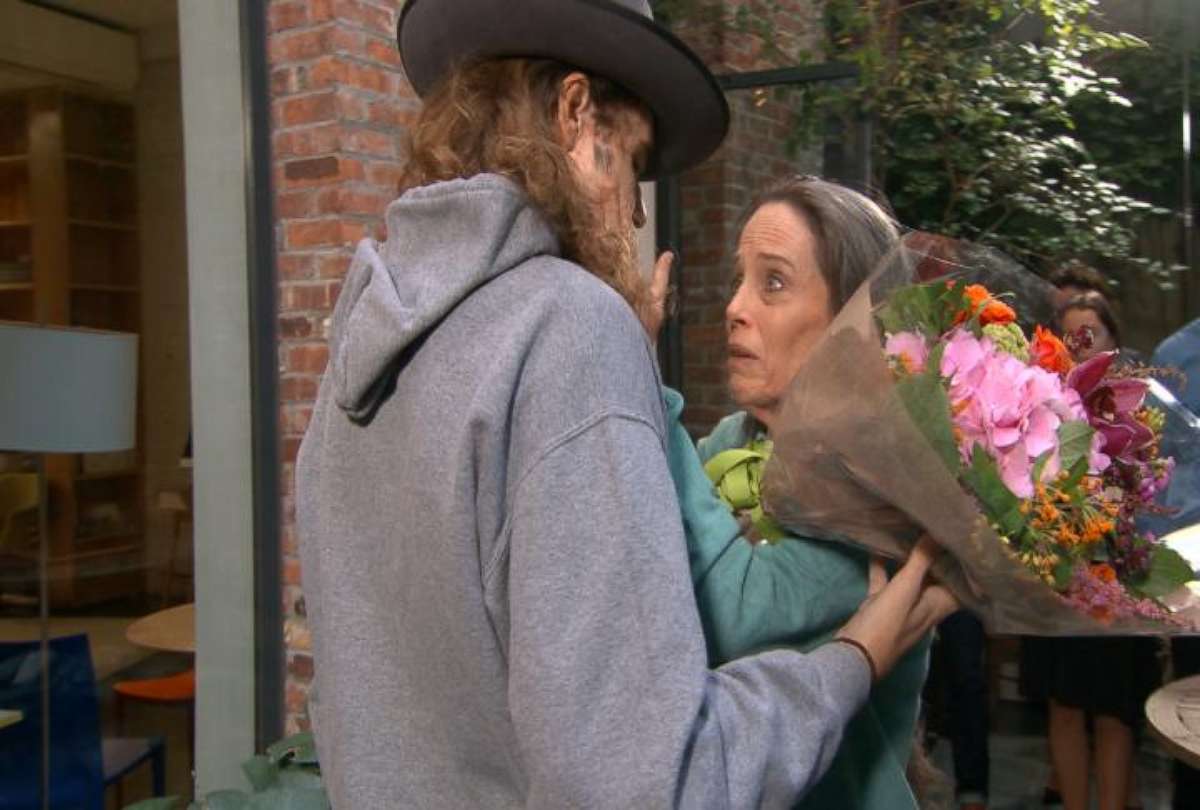
Back home, Underwood has been able to get other pieces of his old life back – playing golf, even skydiving. Though as great as getting back into his life is, he admits there are still tough days.
"Occasionally, it’s not a daily fight anymore... but yeah, there are still days when I am depressed," Underwood said.
His mother said they wanted to share his story to “give someone else hope” and show that “This ailment of depression it’s treatable.”
But he says he knows to ask for help now when he needs it – whether that means at church or at home.
“I just want people to know that it can happen, you know? That if you’re in the same kind of situation that I was in… there’s people out there that can help you and will. You just have to reach out,” Cam Underwood said.
He added that he was "very grateful" to have a full life ahead of him. His goal from here, he said, is "that I can get back to work... and you know, eventually I want a family and kids... you know, the American dream."
